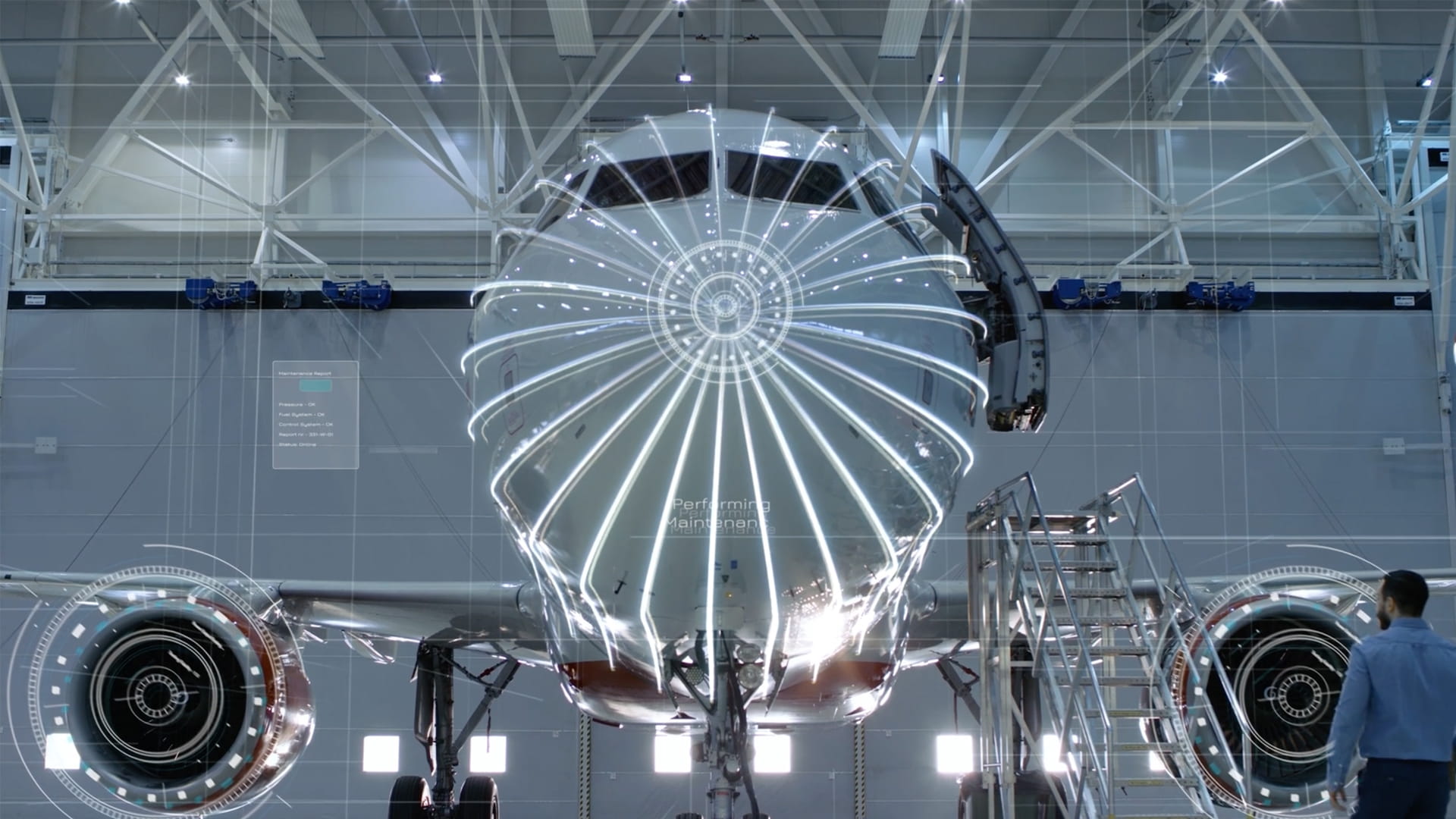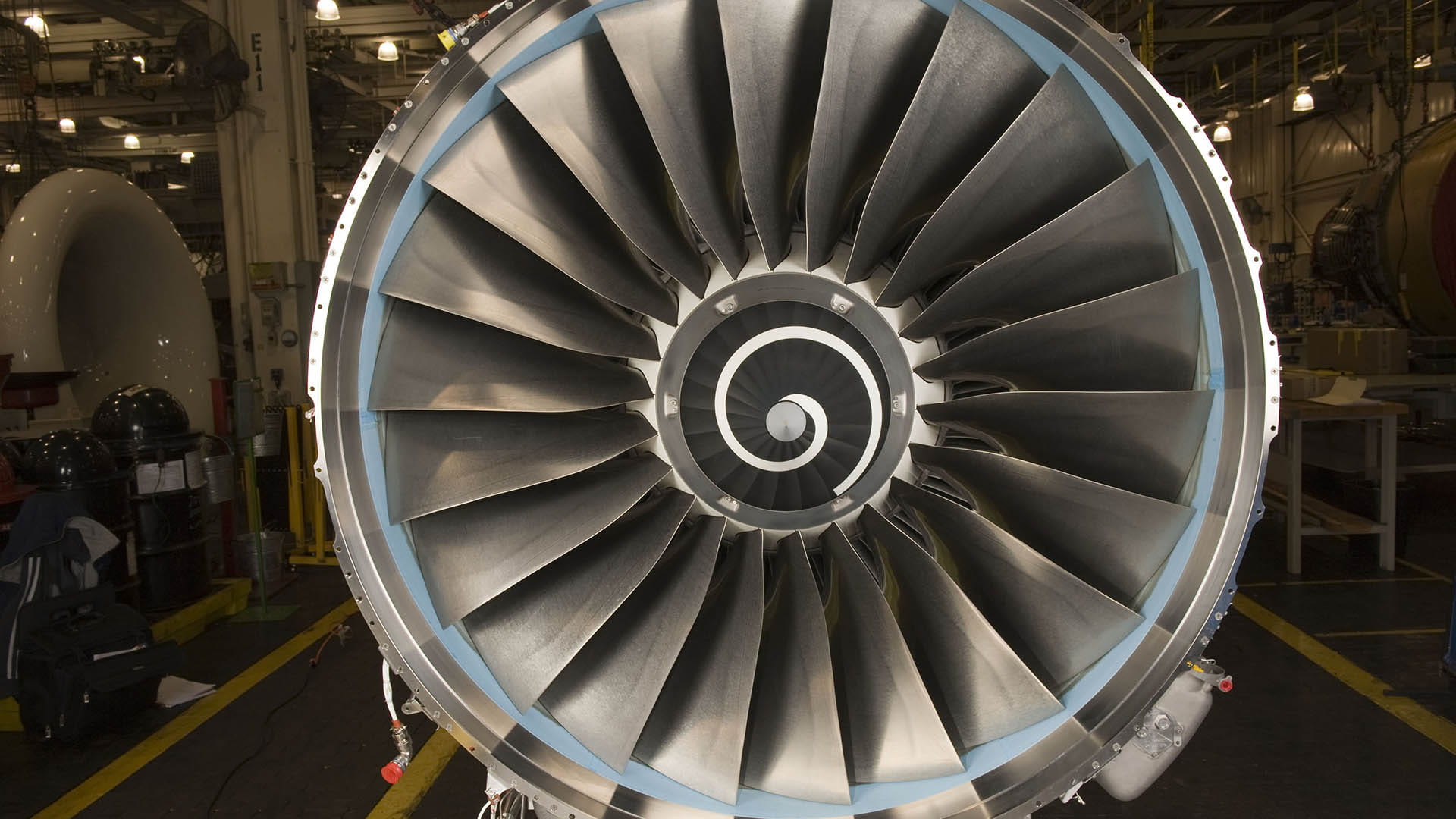‘Tri-variant commonality,’ or compatibility with all three F-35 variants
Air dominance: Technology for a tactical edge in the skies
RTX brings advances in engines, weapons and networking
It was 2012 in the Arabian Gulf, and for Don Borchelt – serving as a U.S. Air Force commander in an operation that spanned two theaters – success came down to the things he could count on.
Things like the supply lines for mission-critical parts. The dedication of air crews to meet their missions. And the reliability of the engines, radars, sensors, weapons and other systems that put the power into a huge range of aircraft including F-15 Eagles, F-22 Raptors, U-2 reconnaissance planes and MQ-1 Predators.
Those systems – many of which are made by RTX businesses – worked so well, Borchelt said, “we just didn’t think about it a lot.”
“We knew what was available to us was the best American industry had to offer. And that’s a good thing,” said Borchelt, who retired in 2018 and now leads business development for the ACES 5 ejection seat at Collins Aerospace, an RTX business. “Any time you get a large combined or joint task force together, you’re going to be carrying a whole plethora of RTX capabilities into that battlespace, which is going to give America and its allies that decisive edge.”
Here’s a look at some of the systems RTX produces to provide that edge – something military leaders call “air dominance.”
Engine power

The Pratt & Whitney F135 engine supplies propulsion and power to the F-35. Pratt & Whitney is proposing what’s known as the F135 Engine Core Upgrade to meet the fighter jet’s long-term needs.
Engines do more than make planes go. They also power the electronics – a critical function for platforms like the F-35, a multirole fighter with a technology stack that makes it more like a flying supercomputer and command post.
The F-35 runs on the strength of the Pratt & Whitney F135 engine, which has powered the plane through multiple upgrades in weapons, software and other systems.
With a new set of F-35 improvements known as Block 4 on the way, Pratt & Whitney, an RTX business, is proposing a redesigned power module for the F135 known as the Engine Core Upgrade.
The Engine Core Upgrade “is the only solution that will field fast enough, in meaningful quantities, to make a difference to the warfighter,” said Jennifer Latka, Pratt & Whitney’s vice president for the F135 program. “From a taxpayer perspective, an upgrade to the existing engine costs a fraction of a brand-new engine.”
Powering the F-35
The Engine Core Upgrade, Pratt & Whitney’s improved power module for the F135 engine, has multiple advantages over a competing proposal for a new engine. Those advantages include:
The use of existing infrastructure and investments
An architecture that has logged more than 1 million safe flight hours
A reduced risk to schedule and production
Beyond the F-35, Pratt & Whitney is also developing a new type of engine for future sixth-generation air dominance platforms.
The engine – Pratt & Whitney’s proposal for the Air Force’s Next Generation Adaptive Propulsion program – will help the fighter jet in its mission to team with uncrewed aircraft in support of air superiority.
Its main trait: An adaptive architecture, meaning features within the engine actively adjust to enable optimized fuel efficiency, survivability, and power and thermal management beyond the capabilities of fourth- and fifth-generation engines.
The engine has passed digital preliminary design review – an important step for major defense acquisition programs – and continues to mature in preparation for prototyping.
Pratt & Whitney is seeking adequate federal funding to support two vendors’ prototypes, “to retain competition and support a healthy industrial base,” said Peter Sommerkorn, the business’ executive director of sixth-generation programs. “Further development will support critical platform milestones and warfighter readiness in a timely manner.”
Thermal management
Another important consideration is a fighter jet’s cooling capacity, which keeps electronic systems running.
Collins Aerospace, an RTX business, is proposing a new cooling system for future fighter jets that improves upon the performance of existing systems. That system, known as the Enhanced Power and Cooling System, or EPACS, makes more efficient use of “bleed air,” or compressed air from the engine – air that the engine would otherwise use to create propulsion. When cooling systems use more of that air than the engine was meant to provide, it forces the engine to run hotter, increasing wear and tear.
Advanced thermal management will be crucial for future fighter jets, which include the Air Force and Navy Next Generation Air Dominance programs in the U.S.; the Future Combat Air System in France, Germany and Spain; and the Global Combat Air Programme in the UK, Italy and Japan.
“This goes not just to heat dissipation, but also to power generation and distribution,” said Patrick O’Brien, a director of strategy and business development at Collins Aerospace. “You have directed energy weapons and lots of communications and guidance requirements that are driving power requirements substantially higher.”
Advanced and networked weapons
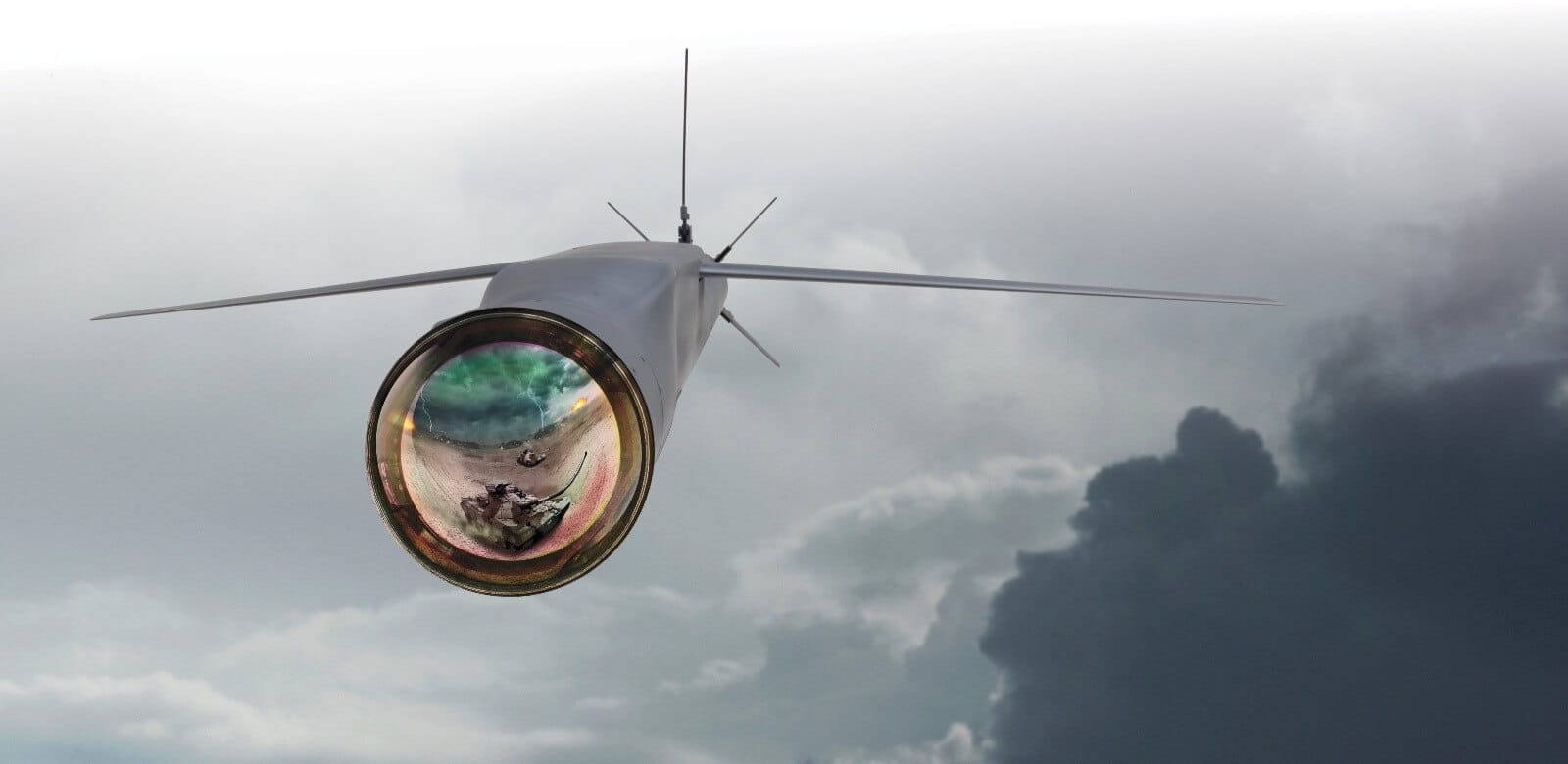
The StormBreaker smart weapon autonomously detects and classifies moving targets in poor-visibility situations including darkness, bad weather, smoke and dust.
They still call it the AMRAAM missile, but inside, it’s worlds different from previous versions. The latest variant, known as F3R for “form, fit, function refresh,” includes new software, newer, faster processors and 15 upgraded circuit cards in the guidance section.
“It’s like the first Porsche 911 to what we have today. Same name, fundamentally different car,” said Jon Norman, a retired U.S. Air Force major general who now heads air power requirements and capabilities at Raytheon, an RTX business. “The software unleashes all the core capacity of that weapon. We can process everything faster. We can do our countermeasures faster. We’ve greatly enhanced the range.”
Now, for example, the missile can deploy against targets well beyond the pilot’s visual range. That kind of capability opens up options for commanders, Norman said – specifically in coalition scenarios, with allied forces distributed over great distances against common adversaries.
To Norman, it’s all a new way of validating an old idea: Many successful surface missions begin in the air.
“It goes all the way back to the establishment of the Air Force as an independent service. What they showed was, unless you control the air, you run a huge risk of losing on the surface. They don’t have the freedom to operate, the freedom to attack,” he said. “If we can prevent, through air dominance, those threats from holding them at risk, that gives them greater capability.”
Advanced sensors
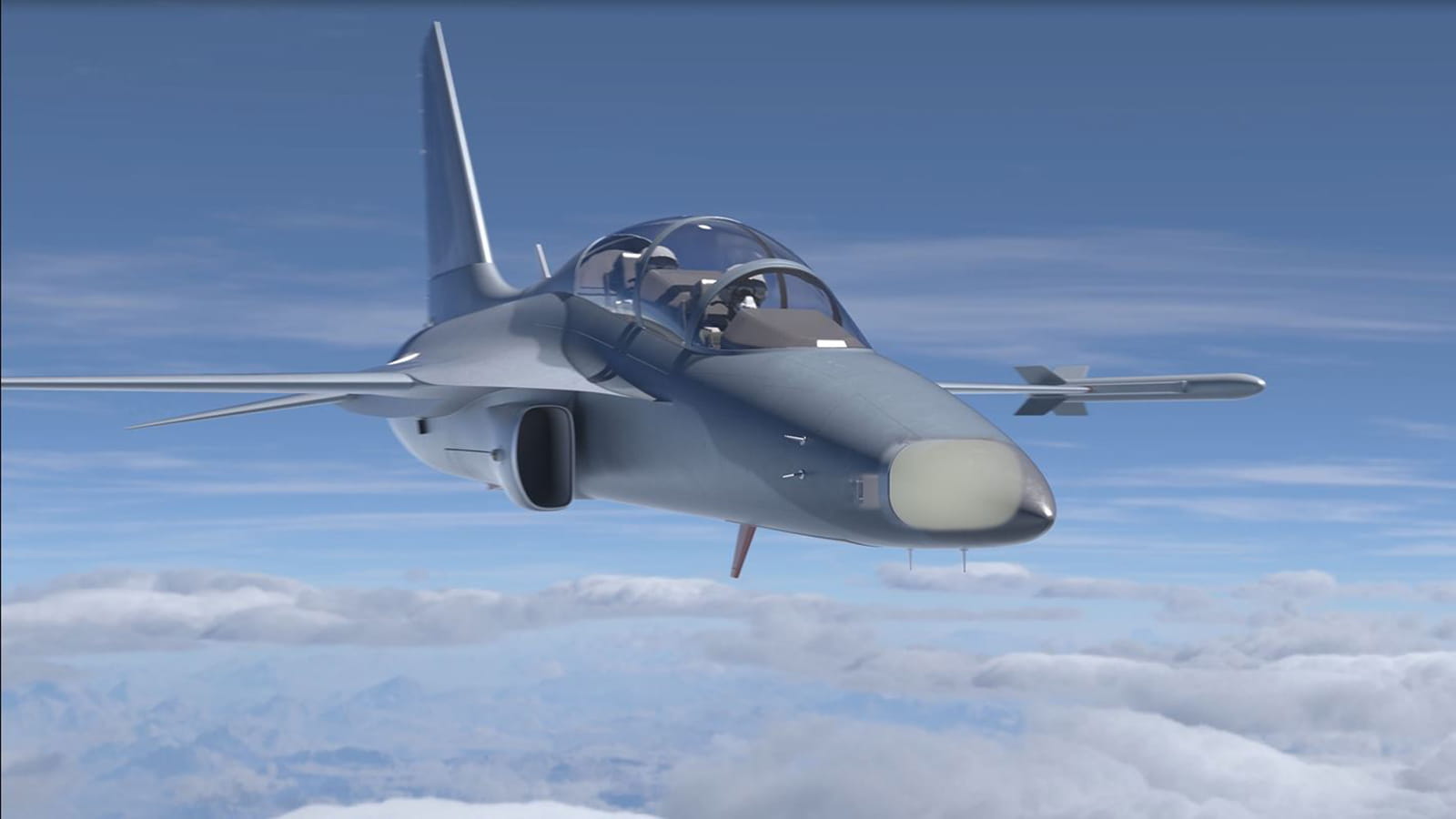
The PhantomStrike fire-control radar, shown in this illustration, weighs about half as much as previous active electronically scanned array radars and uses about 65 percent less power.
Advanced sensors can put power back into older fighter jets – especially those with niche roles.
For example, the F-15E is valuable in strike scenarios because it carries more weaponry than the F-35, which stores its armaments inside the airframe to maintain its stealth advantage. So if the F-15E is the best-armed fighter on a mission, it only makes sense to give it the best targeting information available.
One recent advancement is the PhantomStrike fire-control radar, which puts the power of active electronically scanned array in a much smaller form factor. The new radar weighs about half as much as modern AESA radars, it takes up less room and uses about 65 percent less power. That makes it a good fit for platforms such as UAVs, rotary-wing aircraft and light-attack fighter aircraft.
“PhantomStrike is our latest revolutionary radar,” said Bryan Rosselli, president of Advanced Products and Solutions at Raytheon. “It’s critical for our customers to have more aircraft flying capable sensors in an evolving threat environment. And it’s our responsibility to help them achieve and maintain air dominance with powerful technology that is smaller, more affordable and easier to maintain.”
Another advantage: The radar uses open mission systems architecture, an approach militaries favor because it makes systems cheaper and easier to upgrade.
Networked platforms
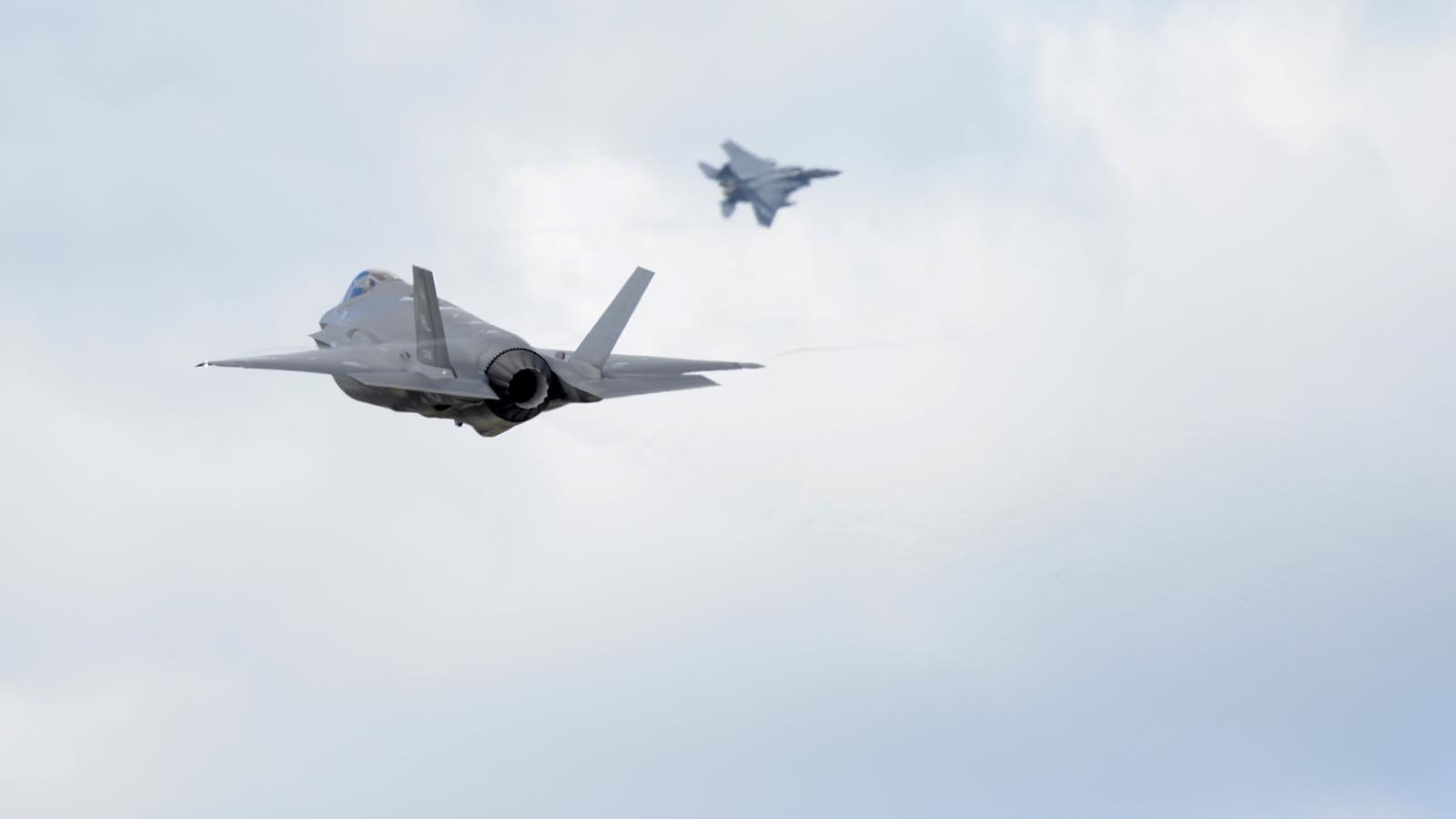
A U.S. Air Force F-35 takes off at Royal Air Force Base Lakenheath in England, with an F-15 in the background. RTX is developing systems that will help multiple generations of fighter aircraft operate together. (U.S. Air Force photo)
With multiple U.S. friends and allies developing sixth-generation fighters and using proprietary technology, making sure those platforms can communicate as a coalition will be a key to air dominance, said O’Brien, whose business specializes in secure radio communications among military platforms.
Secure communications means more than keeping adversaries from eavesdropping – it also requires ensuring joint and partner forces receive only the appropriate level of detail. It’s similar to cross-platform play in the video game world, where players collaborate in real time, on different consoles, with computer clouds in the middle tailoring what each player sees.
“They have to figure out how to partition effectively to support both their own security and interoperability,” O’Brien said. “Every nation has to be able to protect its own integrity through what’s accessible in the system. It’s a highly complex problem to solve.”

